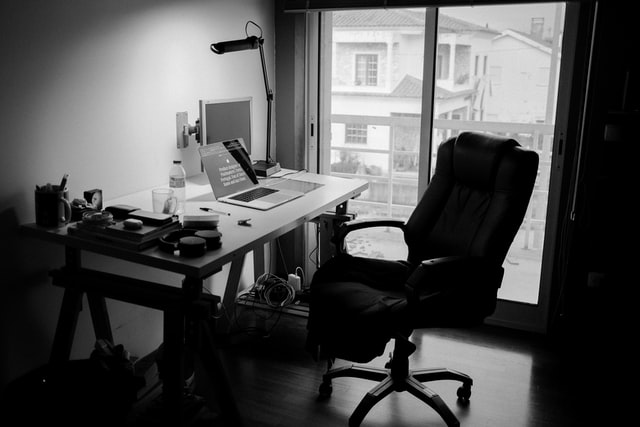Employer Obligations to Ensure Home/Remote Work Locations are Safe
While the jury may still be out about whether remote/hybrid working arrangements affect productivity, employers are finding it difficult to secure or retain employees without offering some flexibility to work from home. However, not all employers realize that in most provinces their workplace safety obligations extend to wherever their employees are allowed to work, including in their own homes. As well, as we noted in a Vertical Bridge HR blog post, employees having accidents in their home workplaces will also be covered by workers compensation.
In British Columbia, Alberta, and Quebec, employers are obligated to ensure the health and safety of any workplace/work site where they permit the employee to regularly work, including at home. This means that employers must check to ensure that work stations set up in employees homes are safe and ergonomically sound e.g. keyboards, screens and chairs will not lead to repetitive strain injuries. Employers may have an obligation to provide any special equipment (e.g. a special mouse) to avoid the risk of injury or aggravating an existing injury. In some provinces such as B.C., the workplace safety agency says employers also have to monitor for other risks such as working alone.
Uniquely, Ontario’s Occupational Health and Safety Act explicitly excludes private residences from employer occupational health and safety requirements—a more sensible approach given employees are usually the ones requesting to work from home and ultimately control how their work station is set up and the home workplace more generally. That said, as in other provinces, employees injured while working in their homes will still be entitled to workers compensation benefits so employers have a financial incentive to ensure home workplaces are safe.
The following is a checklist of some considerations for evaluating health and safety in home offices:
- Are there safe emergency exits, such as unobstructed entrances, exits, and doorways?
- Is there adequate lighting, heating/cooling, and ventilation?
- Are the electrical outlets, power bars, and cords in good condition?
- Is there a working smoke detector?
- Is the workplace free of tripping and slipping hazards?
- Is the home office or workstation ergonomically arranged/equipped?
- Is there a protocol or procedure for emergencies?
- Does the employer and worker have a reliable means of communication with 911 or the employer, particularly in case of emergency during the workday?
We recommend that employers create written policies to address the above considerations. Employers should also require employees requesting remote working privileges to fill out a checklist covering these points and other requirements such as ensuring privacy of work communications and confidentiality of work-related data and documents. They will also need to visually confirm compliance with safety requirements by either a video of the home workplace or photos.
If you want more information on this topic, you can contact us at:
Geoffrey Howard: ghoward@howardlaw.ca
604 424-9686




